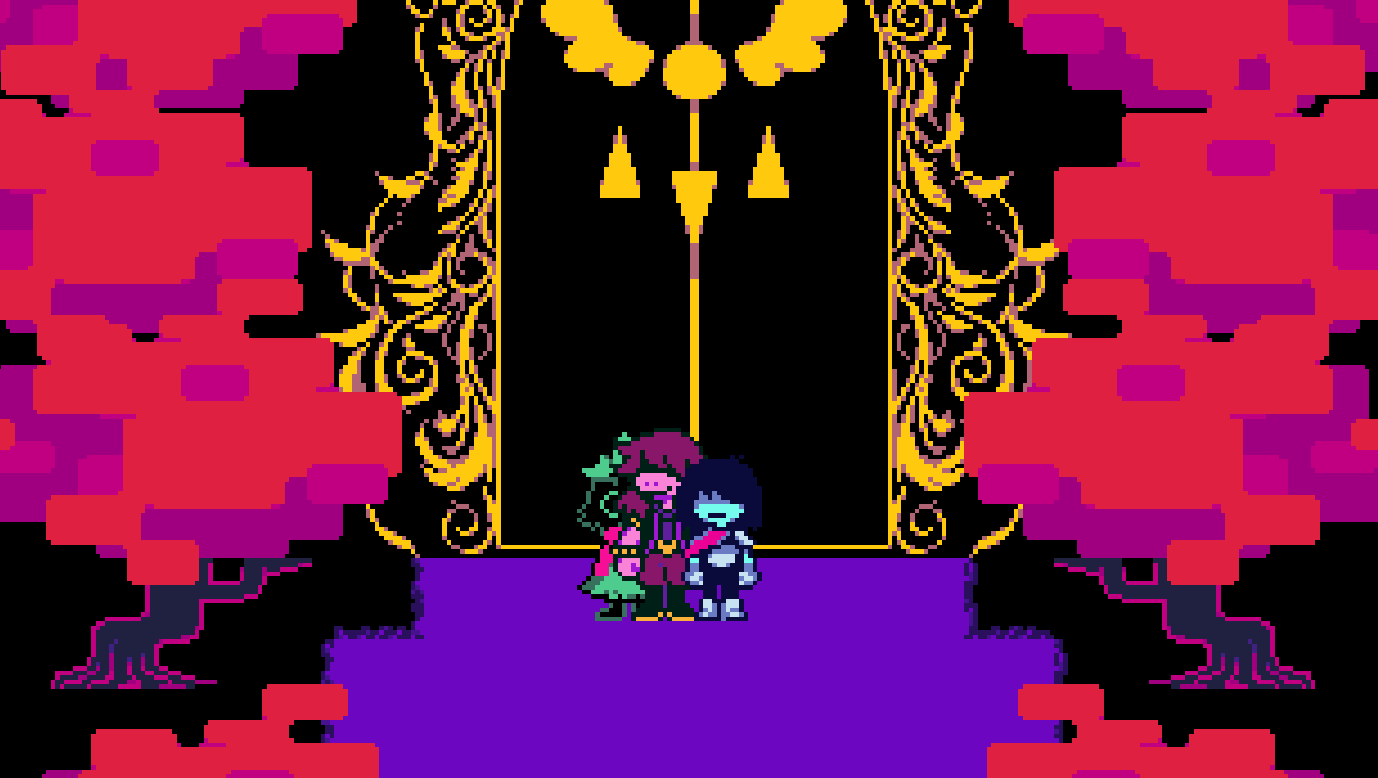Orna is an augmented reality game in the general vein of Pokemon Go. Where Pokemon Go is heavy on the augmented reality and sometimes forgets to be a game, Orna remembers that AR games are supposed to actually be… well, games. In general, it functions as a semi-procedural RPG. There are monsters to fight, dungeons to explore, quest givers, inns, and shops.

Like Pokemon Go, you have a sphere around you that dictates what you can interact with, and if you want your character to move, you need to move around in real life. The game world is overlaid on top of a world map, and you tap nearby things to interact with them.
Perhaps the biggest difference between Orna and most other augmented reality games I’ve seen is that Orna is focused on being a game. While combat starts out as a fairly simple affair, leveling up gives you the ability to unlock and switch between additional classes. The higher tier classes give access to additional skills, abilities, and skill slots, letting you bring more moves into battle.
For example, earlier in the game I had a thief who turned into a magic wielding wizard. I would buff myself up to be able to dodge attacks, then just stab people a bunch. After a while, I found that not having access to elemental abilities was making it harder to defeat certain enemies. So I switched over being more of caster.
Before I stopped playing, I’d rebuilt again into using physical damage, but casting low-mana cost spells to apply elemental damage of various types to my attacks, while trying to lock the enemy down with sleep and other status effects. This only worked because I’d unlocked a high enough tier class to bring in about 8 spells to battle, and ran a pet that had a chance to heal me each round, so I could just focus on damage and status effects. So there was quite a lot of build variety available to me.

The end result of all of this is a reasonably in depth system that, oddly enough, illustrates something to me that I hadn’t thought about too much before. Why do so many Augmented Reality games lack in-depth mechanics? The answer, I realized, is because outside of all this combat, you are at least in theory supposed to be playing this game while wandering around outside. In games with in-depth combat mechanics, combat actually requires attention and planning. Trying to play Orna and not walk into people/traffic/road signs is actually pretty tricky.
Instead, I often found myself pausing my walk in order to finish combat encounters or larger boss fights. Orna includes an auto-attack system to get through fights while not paying attention, but using it tended to result in me getting my ass handed to me. A level of attention and focus was necessary to actually win.
Most of the game’s secondary systems also run into a similar problem. There are dungeons, which are a longer gauntlet of battles, and you can’t pause or anything between. There’s the arena, where you face off against other players’ builds controlled by the AI. Both of these can be a bit tricky, and require you to actually be careful with your moves.
On the flip side, there are some systems that encourage moving around, at least a little bit. You get quests through daily random quests, from quest givers, or from other sources. Some quests just ask you to “explore” and walk a certain distance. In addition, there’s a territory capturing system that gives you bonuses for a time period for beating the mini-boss controlling an area.

You can also construct various different types of shops and buildings to provide additional passive income, and other boosts and benefits. Some of these buildings can be seen and used by other players, while some can’t. But if you want you can choose to make the public ones private. In theory, this would let you wander around and discover other players’ structures, but in practice, I mostly just built everything in one place, and never left that area.
There are a bunch of other systems, including upgrading items, socketing gems into items, fishing, and various multiplayer raids, but I haven’t played around with them enough to really know what to say.

And that’s a general overview of Orna. An interesting augmented reality game without excessive microtransaction bullshit, but which is sometimes a bit hard to play because of how many mechanics and systems work. Or at least, difficult to play while not getting hit by a truck.
If Orna sounds cool, or you want to play something that requires you to walk around a bit and isn’t Pokémon Go, you can find Orna on the Apple App Store and Google Play store if you just search the name. If you’re not sure, there’s more info on the game’s webpage here.





